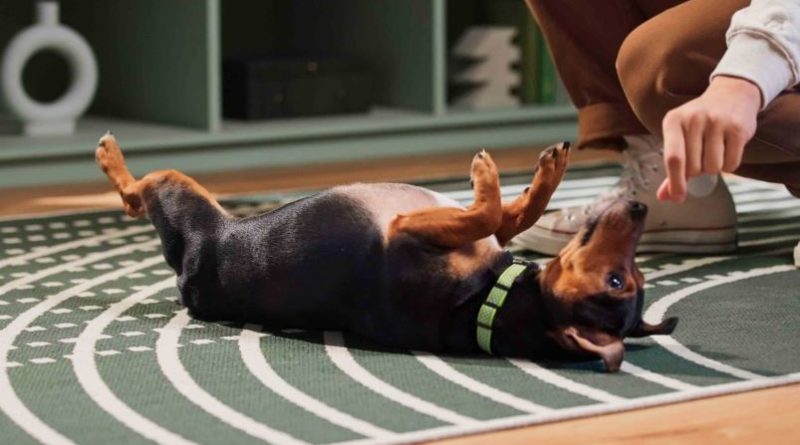How to Teach Your Dog to Roll Over?
Teaching your dog new tricks is a fun and rewarding way to bond with your furry friend. One classic trick that many dog owners like to teach their pups is the roll over. It’s important to have a solid foundation in basic obedience training before teaching more advanced tricks like the roll over. Here’s a step-by-step guide on how to teach your dog to roll over.
Step 1: Start with the basics
Before you can teach your dog to roll over, it’s important that they have a solid foundation in basic obedience training. This includes commands like sit, stay, and come. It’s also helpful if your dog is comfortable with being touched and handled, as this will make it easier to physically guide them into the roll over position.
If your dog is still a puppy, now is a good time to start working on these basic commands. If your dog is older and already has some training, it’s always a good idea to review and reinforce these commands before moving on to more advanced tricks.
Step 2: Introduce the “over” command
Once your dog has a good handle on the basics, it’s time to introduce the “over” command. To do this :
- stand in front of your dog and hold a treat in your hand.
- Slowly move the treat from one side of your dog’s head to the other, guiding them to follow the treat with their nose.
- As they turn their head to follow the treat, say the word “over” in a clear, upbeat tone.
At this stage, it’s important to use lots of praise and rewards as you introduce the command. You want your dog to associate the “over” command with positive experiences.
Step 3: Practice the movement
Now that your dog knows the “over” command, it’s time to start practicing the actual movement of rolling over. To do this, start by standing in front of your dog and holding a treat in your hand. Give the “over” command and use the treat to guide your dog into the roll over position. As they follow the treat, use your other hand to gently push on their back to help them roll all the way over.
It’s important to be patient and go at your dog’s pace. Some dogs may pick up on the movement quickly, while others may need more time and practice. Be sure to reward your dog with lots of praise and treats as they learn the movement.
Step 4: Fade out the treat
Once your dog has mastered the roll over movement, it’s time to start fading out the use of treats. To do this, continue practicing the roll over command, but gradually reduce the number of treats you give as rewards. Instead, use praise and affection as rewards.
It’s important to be patient and consistent as you work on fading out the treats. It may take a few training sessions before your dog is able to do the roll over trick without the use of treats.
Step 5: Practice, practice, practice
Like any new trick, the roll over takes practice to perfect. Be sure to set aside time each day to work on the trick with your dog. As your dog becomes more comfortable with the movement, you can start adding in distractions and practicing in different locations to help solidify the trick.
Tips for success
- Use high-value treats as rewards. Dogs are more motivated to learn when they know a delicious treat is on the line.
- Be patient. Teaching your dog a new trick takes time and patience. Don’t get discouraged if it takes your
- Use positive reinforcement. Rewards like praise, treats, and affection are key to reinforcing good behavior in your dog. Avoid using punishment or negative reinforcement, as these can cause your dog to become anxious or fearful, which can hinder their learning.
- Stay consistent. Consistency is key when it comes to training your dog. Use the same command and reward system each time you practice the roll over trick. This will help your dog understand what is expected of them and make it easier for them to learn the trick.
- Keep training sessions short and fun. Dogs have short attention spans, so it’s important to keep training sessions short and engaging. If your dog becomes bored or frustrated, it’s time to take a break.
- Be creative. If your dog is having trouble with the roll over trick, try changing up your training method. Some dogs may respond better to visual cues, while others may respond better to verbal cues. Experiment with different methods until you find what works best for your dog.
With patience, consistency, and plenty of treats and praise, your dog will be rolling over in no time. Happy training!




